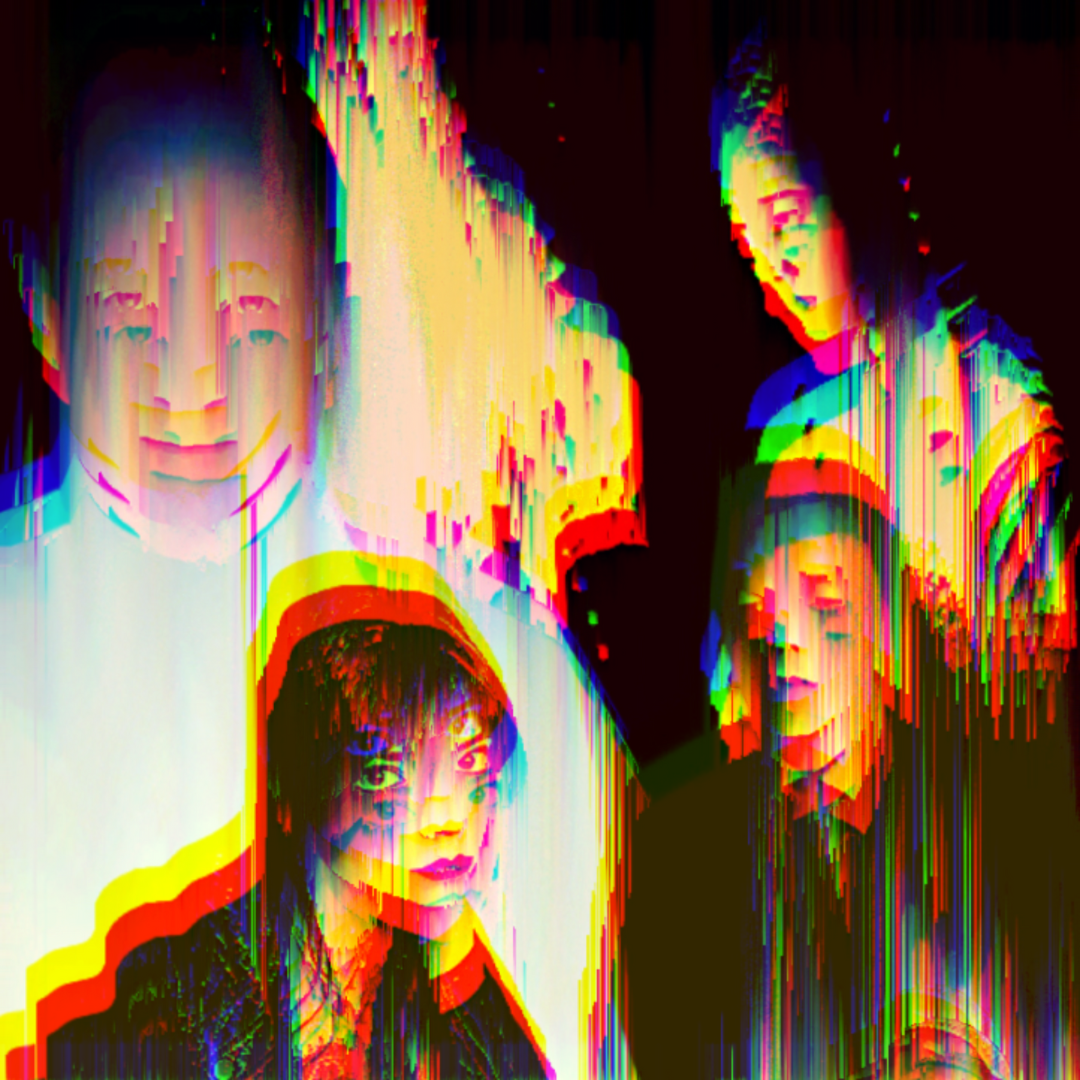In the continued game of one upmanship when talking trashy movies, sometimes you have to allow yourself some poetic license. By that I mean claiming something is your favourite movie and throwing down an obscure title in the gambit of niche cult movies titles. When asked what was my favourite eurohorror once by an acquaintance, I could have said any Fulci title – but I didn’t.

“Zombie ’90: Extreme Pestilence” I stated, shortly after exclaiming the wonder of Peter Jackson’s Brain Dead (or Dead Alive for our North American friends). This film was released during a burgeoning direct-to-VHS scene in Germany – one of the strictest countries in the world when it comes to violence depicted on screen, be it film, television or video.
It dawned upon me how punk rock the career of Hamburg born Andreas Schnaas has been and like a number of good, crusty punk bands how despite not reaching the heights of other auteurs of the genre, the works of Schnaas were visceral homages to the works that made their way to “progressive” West Germany in the 1980’s.
You could immediately draw comparisons between Jackson and Schnaas – both loved the Grand Guignol aspect of utter carnage within their earlier works, earnestly creating the gory set-pieces through their own merits with a maverick disregard to authenticity and instead to sheer, unfettered bloodletting.
For Schnaas, this was affected through his expeditions to the cinema at an early age; historians make mention of the cinema in question not concerned about checking ages, leading the young German to encounter a variety of grind-house movies of the horror and martial arts persuasion.
Zombie ’90 by no means was Schnaas’ first film – that distinct honour would go to 1989’s Violent Shit, another addition to the pantheon of slasher movies that were in abundance post Black Christmas; the ultra low-budget horror movie focused on Karl The Butcher’s rampage across the countryside in repulsive fashion with parables to moral compasses, religion and reincarnation.

I am being very kind to this movie – it’s redeeming feature were the ultra-violent set pieces. But when you’re a horror movie fan, you come to appreciate splatter movies for their distinct lack of narrative and thinly-strewn plot points in favour of just sleazy, putrid violence .
Oppressive/Transgressive
Direct-to-video horror wasn’t a new concept; the rise of the video cassette in the mid 80’s led to numerous films circumventing the cinema and instead going direct to the consumer and their front room. In the United Kingdom, companies avoided the usual realms of censorship going direct to VHS where there (at that time) was no censorship involved. This led to the widespread moral panic and the advent of the “video nasty” and led to the creation of the Video Recording Act 1984, which was far more harsher than the already stringent process film had to go through.
It led to the DPP list of “video nasties”, each of which becoming as much household names as the moral crusader against these films, Mary Whitehouse. At the same time, Germany’s transgressive art movement was about to make it’s mark in the cinematic realm.
Since 1984, all horror films in Germany were edited to remove scenes of violence as per the directive from Bundesprüfstelle für jugendgefährdende Medien. In 1987, Berlin director Jorg Buttgereit had finished a movie that dealt with the themes of love, sex, death and the nihilistic concept of someone enjoying their own death – themes that would not be unusual for the progressive art film circuit.
Nekromantik was released without it being reviewed by the necessary authorities. This low fidelity, amateurish film scraped “good” acting in favour of special effects and and taboo breaking. Buttgereit became hallowed in both art and horror circles for pushing the envelope of decency and taste – a movie based around necrophilia? It’s imagery was equal parts crass and enrapturing, the sheer audacity of this subject matter making it into the living rooms of families around the world.
Schnaas must have seen what could be accomplished with a nominal budget and a disregard for a narrative. Empowered perhaps by this knowledge, but without question having a glut of inspiration from those grindhouse movies he grew up watching, Schnaas managed to save 5000 marks (about £2000) to create his feature debut, Violent Shit.

Violent Shit is a polarising movie. It’s universally agreed that it is bad, but the item of contention is whether it’s a bad “good” movie with it’s merits or just bad full stop. Gore hounds point that despite it’s god awful effects that it is done with a heap of love, affection and adoration for it’s subject matter – a sleazy, nasty slasher movie that pays more attention to it’s violent set pieces than it does anything else. The more “refined” horror movie fan would debate that even it’s goriest moments are poor in execution.
This tracks back to the idea that Schnaas’ rogue approach bellies the punk ethos; the equipment wasn’t top notch and the results were never going to set the world on fire, but the maverick approach of picking up an instrument and creating something lends itself to the punk movement. Perhaps a better musical genre would be the black metal scene – music that really didn’t care how it sounded and aesthetically was contrary to even the more extreme movements within the metal community.
Schnaas could also proudly claim that his debut would be Germany’s first direct-to-VHS horror movie (Buttgereit’s Nekromantik did rounds on the art-cinema circuit), and elevated by the huge VHS horror movie market became a success across Europe and the United States rental markets (along with another favourite direct-to-video favourite of mine, 555.)
Zombie ’90: Extreme Pestilence
An underground success with a violent, misogynistic slasher film from the Herschell Gordon Lewis school of bloodshed, Schnaas set to work on his next direct-to-video horror. Having already paid homage to the slasher genre, it would seem natural progression to move into the zombie horror genre.
What other genre could push the limits of decency and taste? Zombie’s were shuffling, decaying monstrosities with a taste for human flesh (in part thanks to Romero’s storytelling). It was ripe for violent set pieces – Lucio Fulci’s Zombie Flesh Eaters very much the zenith when it came to not only to the genre but to Euro-horror as a whole (no offence to the Argento fans… or the Bava fans…)
Fulci’s zombies were ghastly to look at to begin with, as he referred to his zombie aesthetic as “flower pots”, tearing strips of flesh from the living or dragging them eye first into splintered wood (it’s most infamous, wince inducing scene that saw it’s inclusion on the “video nasties” list.) Schnaas saw the carnage and linear excuses why zombies existed as the perfect exercise in sanguinary wanton excess.
The result? “Zombie ’90 might be the worst thing to come out of Germany since 1945” Something Awful started their review with.
[youtube https://www.youtube.com/watch?v=jMnxi7kEdjw&w=560&h=315]
Again, the film had it’s merits for gore hounds; a baby being torn apart, chainsaw dismemberment, brains, blood, a very, very shallow story-line. Miraculously the film actually saw an English dub see the light of day. This was to be one of the worst dubbing jobs in cinematic history (no hyperbole either, it’s straight up bad).
But you can’t help but smile that throughout the onslaught (that’s a nod to both the violence on screen just the film as a whole) the horror movie genre has had a profound effect on Schnaas and the lack of a budget, a proper script or a handle on computer generated graphics did nothing to deter the director from his ambitious attempts to forge a career in the world of cinema.
It’s the ultimate trashy quality of Zombie ’90 that was endearing to me. It was basically what, as a teenager, you would have wanted to create yourself if you had the cash and the time to create a zombie flick. There is a campy feel throughout the movie, be it intentional or not, that gives it the charm that makes it memorable. In a world were Birdemic is revered for how crap it is, Zombie ’90 should be held in similar regards.
Schnaas today
Schnaas has become somewhat of a cult favourite amongst the horror community, partly due to the sheer tasteless quality of his films. Violent Shit went on to spawn four sequels (Violent Shit 2: Mother Hold My Hand, Violent Shit 3: Infantry of Doom and Karl The Butcher vs. Axe: Violent Shit 4) and incredibly saw a remake in 2015. Schnaas also took on a remake/reimagining of video nasty Anthropophagous 2000 in 1999 before embarking to the United States to film Demonium in 2001 – his first with professional actors and on 35mm film.
Movie making today seems a lot easier; technology allows us to film on cameras, edit through tablets and upload to the internet garnering distribution quick and easily. Video editing has become reasonably cheap and after effects have allowed a lot more realism when it comes to special effects (to an extent). But given censorship restrictions, budgets at the time, a lack of that technology, you have to give Andreas Schnaas a lot of credit for accomplishing what he did.
People to this day still talk about Violent Shit and no doubt people will start looking on Zombie ’90: Extreme Pestilence as some form of endurance trip in a movie marathon. For sheer, Z-movie appeal, the movie more than punches above (or should that be below) it’s weight, but the DIY spirit of Schnaas is one that I’ve long held dear and one many more should look back and think “if he can do that, I definitely can do that.”
Note: Astro Radio Z did a fantastic overview of the Violent Shit movies which can be viewed here, and shares a few sentiments that I discussed in this article. Very much worth a listen and helped with some of my research.






